Notes of chapter: Comparing Quantities are presented below. Indepth notes along with worksheets and NCERT Solutions.
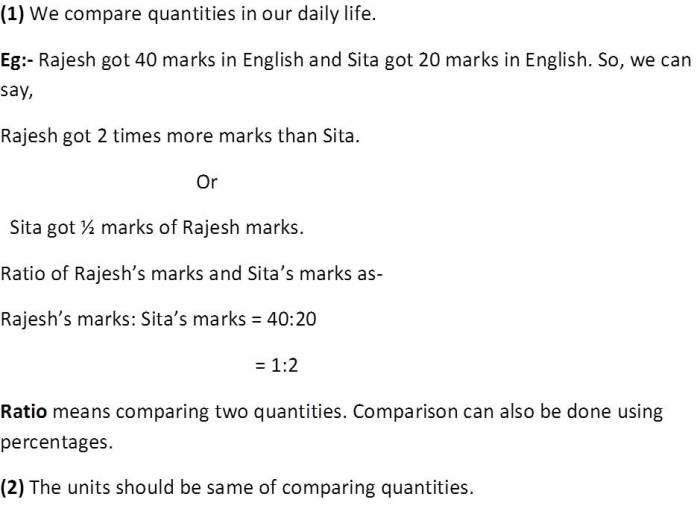
(3)Equivalent ratio-
Equivalent ratios are those which represent the same relationship between the numbers of ratios.
(i)Comparison of the ratios
Different ratios can also be compared with each other to know whether they are equivalent or not.
Steps to compare different ratios-
(a)Write the ratios in the form of fractions.
(b)Then compare them by converting them to like fractions.
(c) If these like fractions are equal, then the given ratios are equivalent.




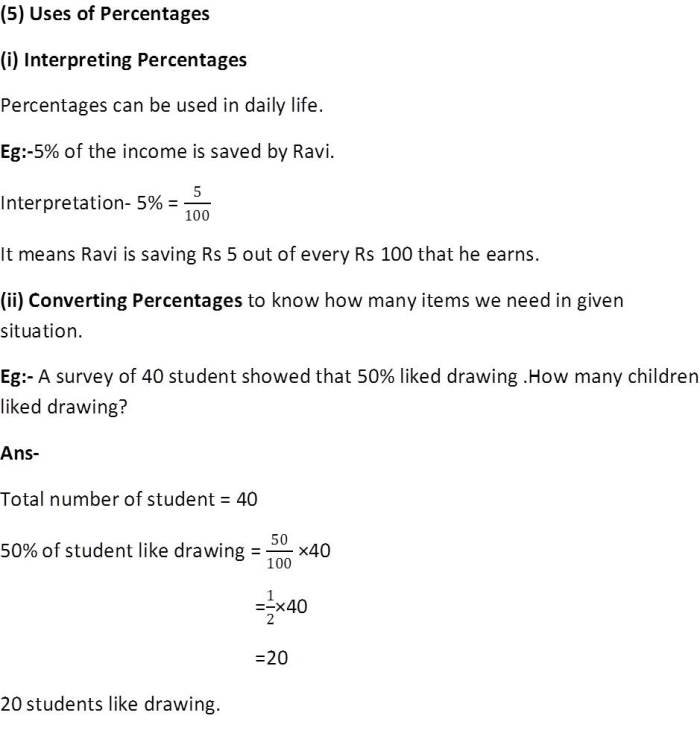
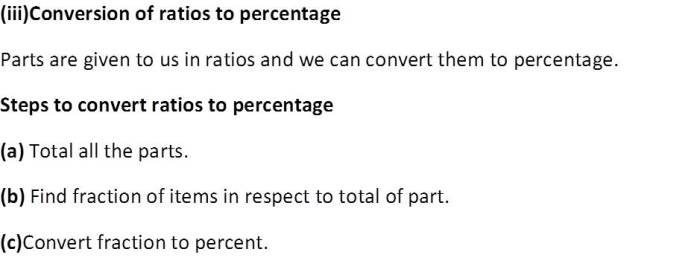




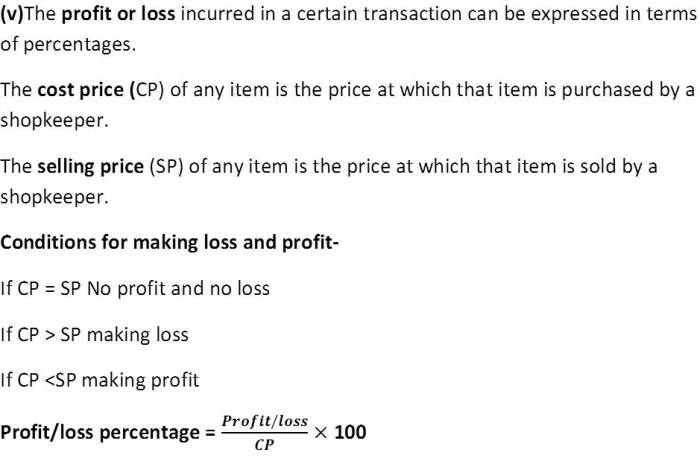


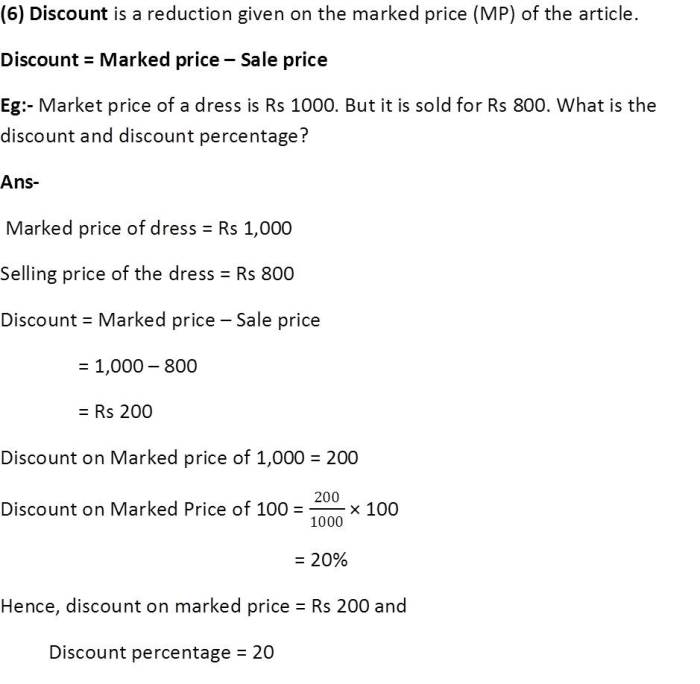

(7)Overhead charges-
Overhead charges are those expenses which are not directly associated in producing goods, ie, do not directly generate profits but support production to make profit.
Eg:- amount spent on repairs, transportation, rent of factory or warehouse, insurance, interest etc.
Cost price of an article is the price which costs to produce something without making profit. It includes buying price and overhead expenses.
Cost Price = Buying Price + Overhead expenses


(10) Intrest-
Interest is the money paid by the financial institutions [banks, post offices] on money deposited with them.
or
Interest is the money which is paid by the individual to the financial institutions or lender for the use of their money.
(i)Simple interest
Simple interest is the money that is paid or earned on initial money (Principal amount is fixed).This interest is added to principal amount to calculate total amount.
The extra money which is paid by borrower to keep borrowed money or principal is known as interest.
The money which can be borrowed is known as sum borrowed or principal.
The amount is the sum of principal or borrowed money and interest which is paid by borrower at the end of year.
Amount (A) = Principal (P) + Interest (I)










Helping Topics